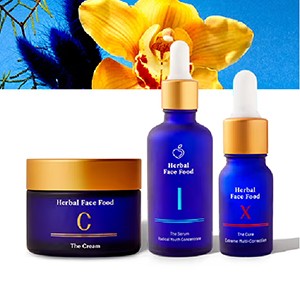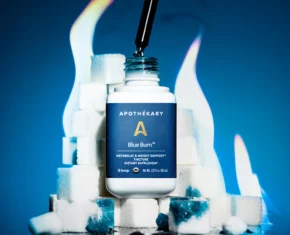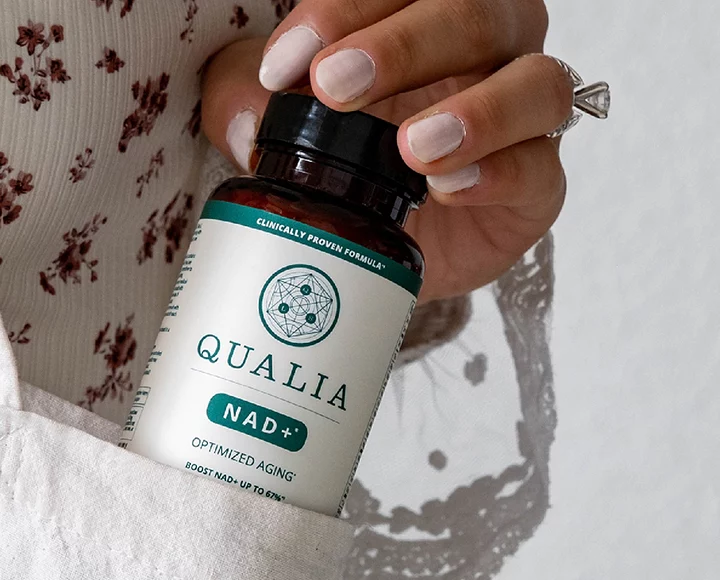We assume companies have our best interest at heart when it comes to the quality of the products we use everyday. The shocking truth is that many of the goods and products around us everyday from bedding to rugs and from dry cleaning to personal care products are filled with potentially hazardous ingredients and materials none of us are interested in having around our families.
It’s not that companies are “out for us,” quite the opposite. One of our favorite consumer advocates, Robyn O’Brien says it well when she states that “we’ve inherited a food system that no one wants.” The same is true for the entire scope of personal products and many companies are slowly, but surely figuring out how to create better products.
In the meantime, we’re not willing to wait – not with our own health and the health of our families at stake. It’s each of our opportunities to educate ourselves and make educated choices when it comes to our purchases. Together, as we choose to buy well, we shift the demand for consumer products in a healthier direction.
One new resource we’re excited about is the new Made Safe certification. Founder, Amy Ziff created Made Safe to help certify the widest array of products possible with their non-toxic label that promises to help us all of us shop better. Get started with Amy advice below…
At MADE SAFE, we believe that products should be made without known carcinogens, behavioral-, reproductive-, and neurotoxins, hormone disruptors, heavy metals, pesticides, insecticides, flame retardants, toxic solvents, and harmful VOCs. If that sounds logical to you or if you also believe this should be the case, we welcome you to watch for the new MADE SAFE seal as you shop.
The trouble with shopping safely is the scant amount of legislation and lack of regulation around chemicals in commerce. Combined with all the undisclosed ingredients in our products, it’s nearly impossible for consumers, especially parents, to figure out which products contains toxic chemicals and which do not.
In fact, the situation is so bad that Dr. Philip Landrigan, a leading MD and Dean of Global Health at Mount Sinai School of Medicine, has said, “We’re conducting a vast toxicological experiment and we are using our children as experimental animals.”
The good news is that there are simple steps we can take to begin to detox our homes. Remember that every step toward reducing toxics is a good and meaningful step, and has impact toward a healthier environment.
Below are ten simple places to start ousting those toxic chemicals from your life.
10 Tips To Detox Your Home From Toxic Chemicals
Bedding
Flame retardants are commonly added to the polyurethane foam in conventional bedding. When it’s time to change the mattress, switch to 100% cotton/wool bedding or one made from natural fibers like cotton and wool. While “flame retardants” may sound good, they’re not good for you. Make sure your pillow isn’t made from synthetics as well.
Rug pads
Rug pads also contain foam filled with flame retardants. If you have a carpet with a rug pad, have it removed. Flame retardants are among some of the most persistent and toxic chemicals found in homes. Use non-toxic double-sided tape if it slides instead.
New furniture purchases
Many sofas, recliners, and children’s furniture items can also contain foam that comes with flame retardants Make a note for all future furniture purchases to shop flame retardant-free items made from natural fabrics.
Non-stick cookware
The coating in non-stick cookware like Teflon contains perflourinated compounds, including perfluorooctanoic acid (PFOA), which has been linked to cancer and is released when Teflon is heated. Opt instead for stainless steel or cast iron cookware.
Dry cleaning
Percholorethylene (PERC), the most common cleaning solvent used for dry cleaning, gets trapped into clothing once “cleaned” and slowly off-gases into your home. It can harm the brain and central nervous system, damage the liver and kidneys, and is likely to cause cancer, according to the NRDC. Instead, use the traditional laundry wash/dry/fold option, using fragrance-free detergent if possible. Which brings us to…
Fragrance
Some of the scents we’ve grown to love, like freshly folded laundry, that lemony clean smell, or cinnamon-scented room fresheners are loaded with allergens and harmful chemicals like phthalates and synthetic musks. Common chemicals in fragrance have been linked to longer-term damage like obesity, diabetes, infertility, ADD, and ADHD. Fragrance chemicals are rarely disclosed on product labels, hidden instead under the umbrella term “fragrance.” Reduce your use of fragranced products where you can.
Pesticides
The cancer rates in children are up 25% since 1975. The Pesticide Action Network has taken a very clear stand relating this to the increase in use of pesticides, herbicides and insecticides. The American Academy of Pediatrics points to pesticide residue in food as the most critical route of exposure, which luckily, is one we have some control over. Buy organic food where possible, and refer to resources like the Pesticide Action Network to find foods grown with less pesticides.
Plastics
Between phthalates, BPA, biodegradability issues, and more, there may not actually be any “safe” plastics. But we live in a world where plastics are abundant, and frankly, hard to avoid. Try to reduce plastic use where you can, and opt for better plastics like polyethylene #1, #2, #4 as well as polypropylene #5. All the others are to be avoided. Don’t expose them to high heat: Never microwave with them and don’t put them in the dishwasher. Switch out for an alternative whenever possible.
Cleaning products
Home cleaners can contain harmful chemicals – from phthalates (an endocrine disrupting chemical) to make them smell good to pesticides (see above, for killing germs and mold) and more. They’re associated with asthma, cancer, reproductive and developmental toxicity, allergies, burns and poisonings, according to Women’s Voices for the Earth. Disinfectants and antibacterial cleaners usually contain registered pesticides that represent unnecessary exposures for everyday household use. Reduce your use of disinfectants and consider making your own.
Personal Care
Chemical hair straighteners can contain formaldehyde, a known carcinogen. Most conventional hair dyes contain ammonia, parabens, sulfates, and 1,4-dioxane, among other known cancer-causing chemicals. Many nail polishes (read more here) contain something known as the “toxic trio,” a blend of toluene (linked to neurological damage and reproductive harm), DBP (linked to hormone disruption), and formaldehyde (known carcinogen), all of which on their own are bad. Learn more about toxic chemicals in salon products and cosmetics. Make a point to replace what you have with less toxic brands.












